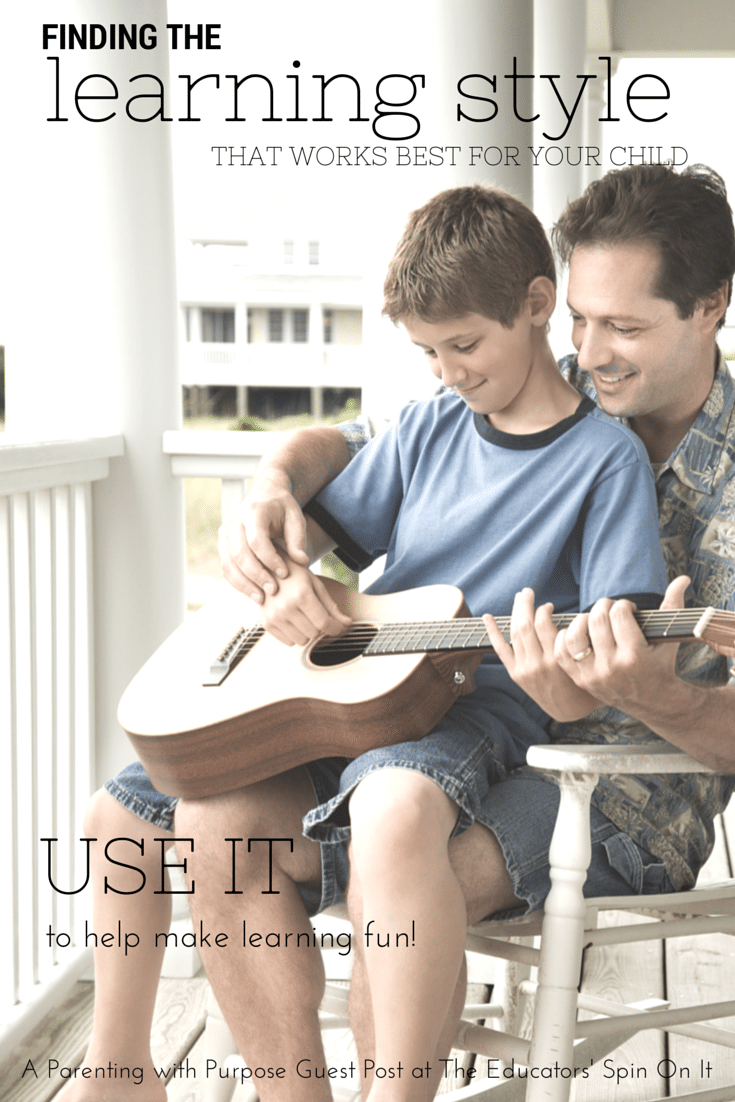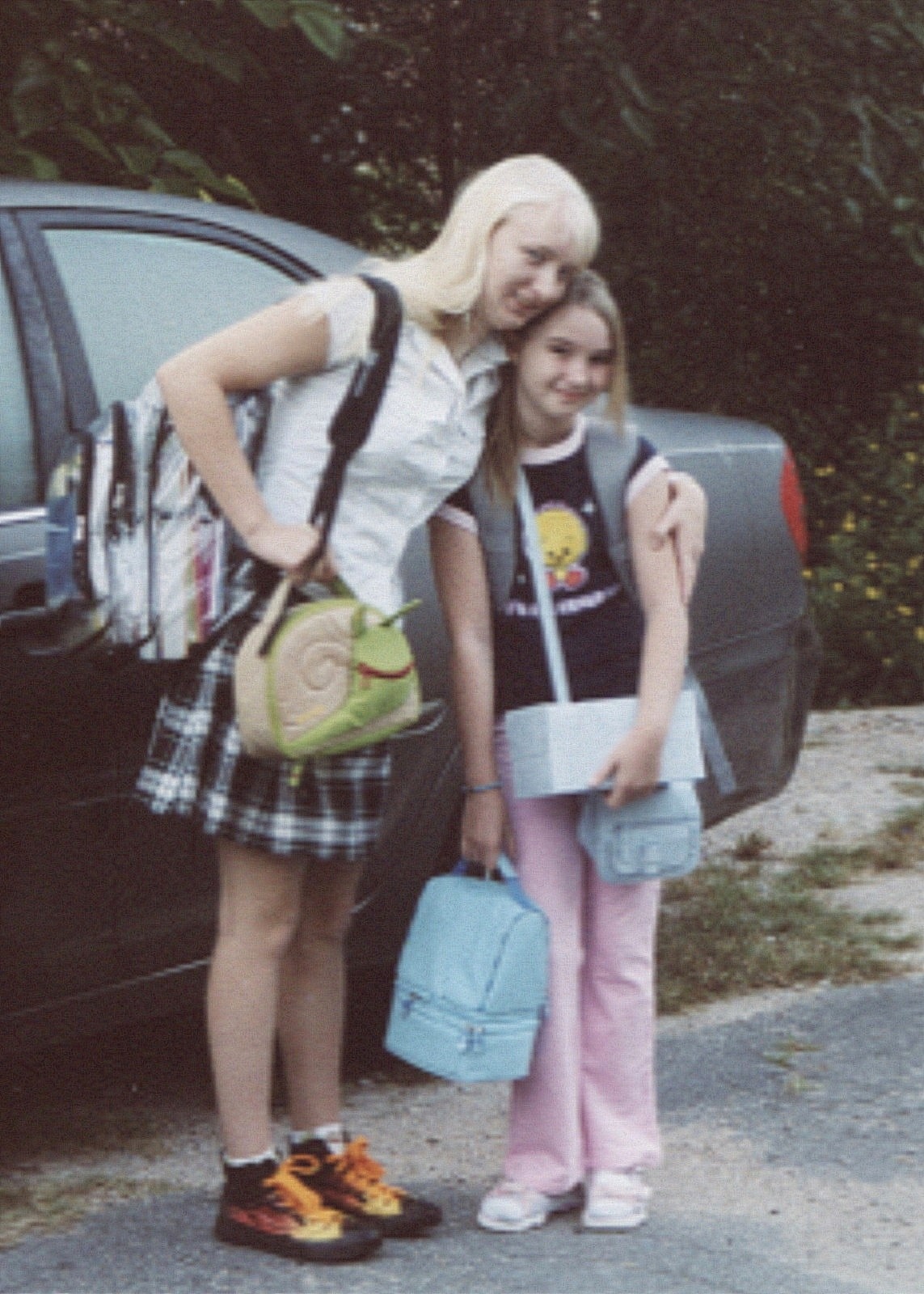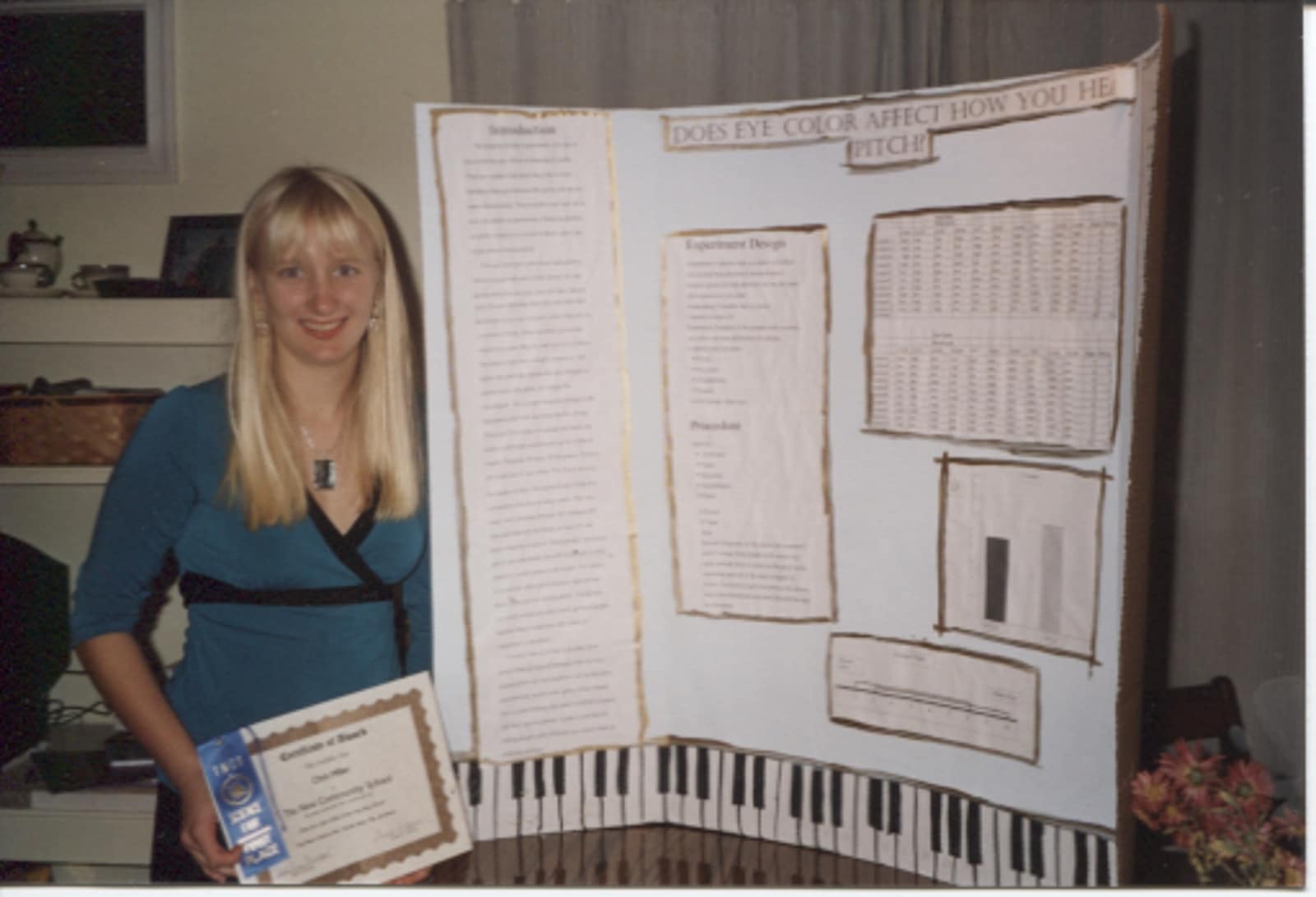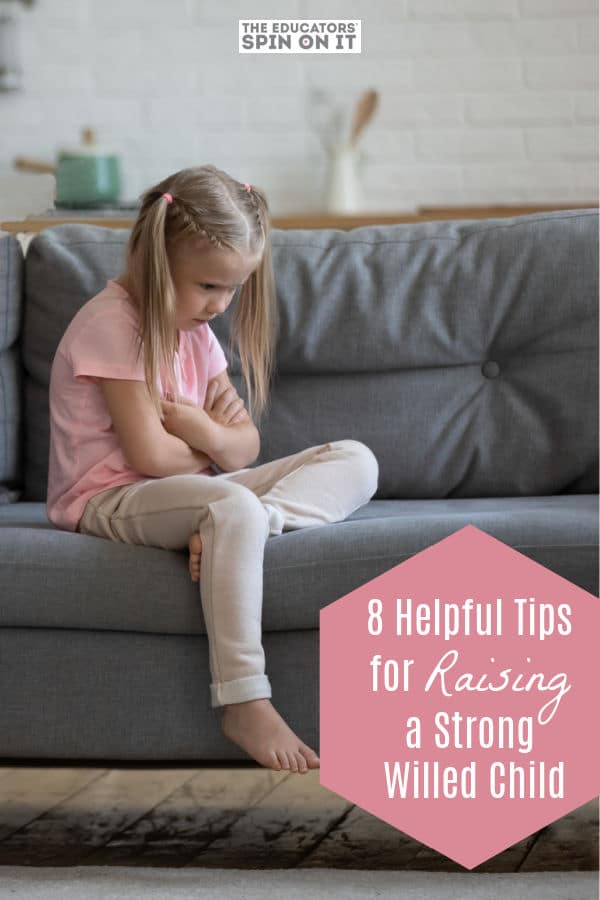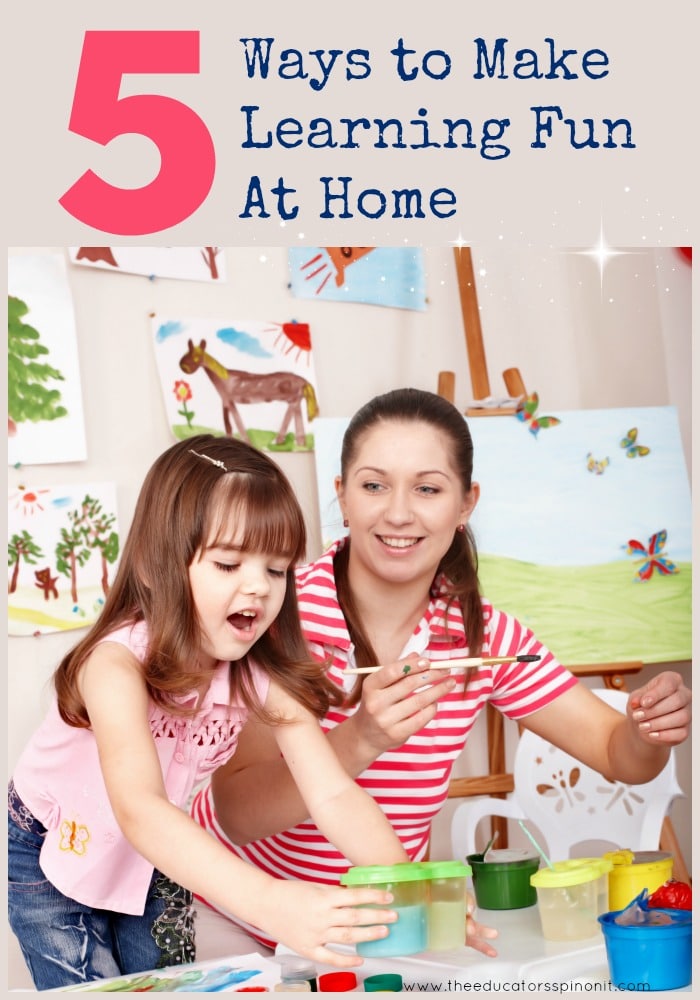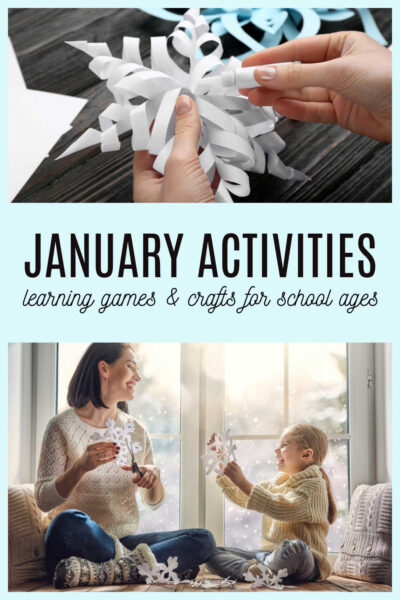Helpful tips for figuring out your child’s preferred learning style and using it to make learning more enjoyable.
Finding Our Children’s Preferred Learning Style
When my first daughter was six months old, I popped her in a bouncy chair and taped gift bows to the tray in front of her. She spent hours patting and crunching the bows. I changed them out as they became tattered. It was an endless parade of colors and textures to entertain her.
When my second daughter was six months old, I popped her in the same bouncy chair and enthusiastically taped gift bows to the tray in front of her. She looked at them. Her big brown eyes took it all in and then moved around the room. The bows never enticed her.
At their earliest ages, my two daughters had completely different learning styles. The learning differences would stay with them throughout their entire education. The older daughter loved to do things, scooping up snails in the creek and biking around town with friends.
My younger daughter loved to reflect, read long book series, and play quietly with dolls. The older one went on to win science fairs and the younger one took Latin for six years.
There are seven different learning styles:
- Visual, also called spatial, prefers to learn with pictures.
- Aural, also called musical, prefers to learn with sound and music.
- Verbal, also called linguistic, prefers to learn with spoken and written words.
- Physical, also called kinesthetic, prefers to learn with movement and experience.
- Logical, also called mathematical, prefers to learn using logic and systems.
- Social, prefers to learn in groups.
- Solitary, prefers to learn alone.
We all have a mix of learning styles. But usually one is our strongest. My elder daughter is obviously kinesthetic and my younger daughter is logical. As an artist and children’s book author and illustrator, I am a gangbusters visual.
Our school systems have made leaps and bounds in the last twenty years addressing these different learning styles. Learning differences are openly discussed and lesson plans are written to embrace them. But the very nature of learning to read, write and do arithmetic favors the logical and verbal learners.
Once we observe how our children learn, we can incorporate fun learning games into homework and study time. My older daughter had a terrible time adding and subtracting positive and negative numbers. Until one day I drew the number line on the front walk and had her step out the math problems.
When we reached subtracting a negative, she said “Don’t tell me, I know it.” She turned from facing forward to add to facing backwards to subtract and then turned again to face forwards.
Not only did she get the answer correct, she understood the reason it was correct.
Here are a few fun things to do with your preschooler to help discern and encourage their different learning strengths.
- Clap the numbers as you count, 1 clap, 2 clap clap; physical, logical and musical learning.
- Play a game of opposites as you run errands, we’re in the car, we’re out of the car; physical, verbal and logical learning.
- Sing silly songs, both the classics and ones you make up; musical and verbal learning.
- Play eye spy, “I spy with my little eye a red balloon”; visual and verbal learning.
- Read signs aloud wherever it is fun; verbal learning.
- Pour sand, sprinkles or glitter into a tray and draw letters and numbers; physical, visual, logical and verbal learning.
- Whenever there is a number of items add and subtract them, three strawberries plus two strawberries is five strawberries; physical and logical learning.
Over time your child’s learning style will start to become apparent. Although the schools are too overburdened to create a curriculum just for your child, you can reinforce what they are learning at school with fun activities at home that suit their learning strengths.
GUEST POST: Dianne Miller is a landscape painter who lives in Virginia with her husband and two daughters. Her work includes the Little Bunny series written for her children when they were preschoolers.
You may also enjoy these parenting articles…
For more Parenting with Purpose articles here at The Educators’ Spin On It, we recommend:
- Using Play to Parent through Stress
- Developing Obedience with Kids
- Tips for a Meaningful Mealtime
- Teaching Gratitude
- Using Printables at Home
- Drop Everything a Swing
- 10 Things I Love About Being a Mom
- Raising a Strong Willed Child
- 5 Ways to Make Learning Fun at Home
- Helpful Tips for How to Start a Moms Group
